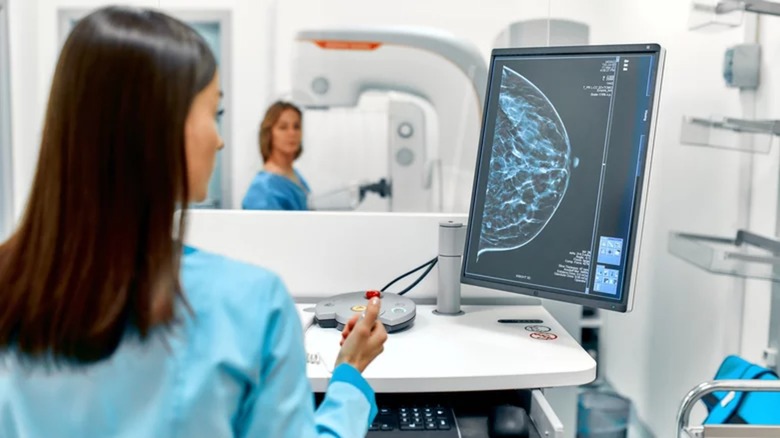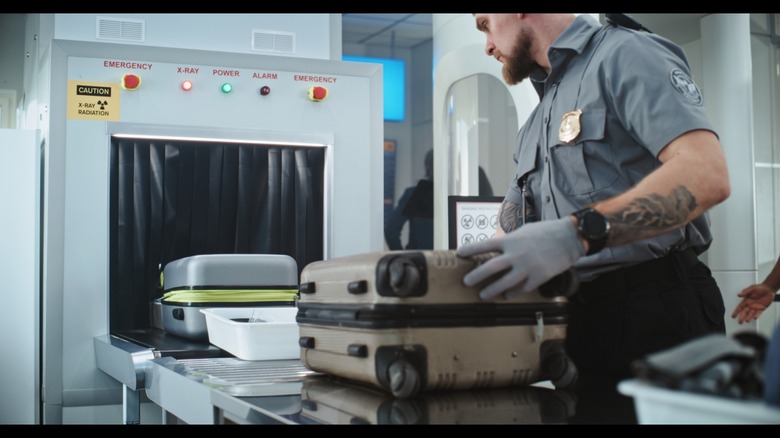This Incredibly Important Medical Tech Was Discovered Entirely By Accident
Some of the greatest scientific breakthroughs didn't happen by careful planning. They happened by accident. There's a bunch of everyday tech that was created by accident. From microwave ovens, inkjet printers, and even Velcro. But one of the most transformative discoveries in history came from a German physicist who wasn't even looking for it. In 1895, Wilhelm Conrad Roentgen stumbled upon what we call the X-ray.
Roentgen wasn't chasing medical fame. He was working with cathode rays. Cathode rays are streams of electrons in vacuum tubes. They were something physicists across Europe were already experimenting with. While Roentgen was experimenting, he noticed something they didn't. He saw that a piece of fluorescent cardboard across the room glowed even though he covered the tube. He realized something unseen was leaking out.
This unseen thing was later referred to as the "invisible light." It could pass through solid objects. Roentgen saw silhouettes when he held up various items between the tube and the cardboard. He placed his wife Anna Bertha's hand in front of a photographic plate and exposed it. What appeared on the plate wasn't only the outline of her hand. It was her bones and her wedding ring. Spooky, yes, but also revolutionary. And it all happened by accident.
From curiosity to clinical tool
New scientific discoveries usually crawl toward acceptance. People are often skeptical about them. Not X-rays. Their medical potential was so obvious that doctors adopted the technology almost overnight. Roentgen immediately recognized the significance of what he had found. Within weeks, he published his first paper on it. Scientists everywhere scrambled to replicate the discovery. The hidden inner world of the human body was visible without a single incision. In a matter of months, X-rays leapt from Roentgen's lab into hospitals. It forever changed medicine.
Within months of the discovery, surgeons in Europe and America were using X-rays. They used it to locate bullets, diagnose fractures, and find swallowed objects. It leapt from physics lab curiosity to life-saving diagnostic tool. By 1896, British doctors were already using X-rays in battlefield medicine. The medical world had never seen anything like it. Doctors could now make treatment decisions with greater precision and speed.
The new technology was excellent for patients as well. Especially at a time when doctors could only guess what was going on inside you. X-rays presented a way to find clarity beneath the skin. It was as thrilling as it was eerie. But of course, the excitement outpaced understanding. They didn't know the potential effects of radiation exposure. Safety standards and protective shielding became standard practice years later.
The legacy of an accidental genius
X-rays are one of the tech inventions that changed the health industry forever. But its discovery didn't transform hospitals alone. It reshaped entire fields of science. Medicine gained a new diagnostic branch known as radiology. Surgeons could now operate with certainty rather than educated guesses. Orthopedics saw major advances, as doctors could now align broken bones with more accuracy. Dentistry embraced X-rays. They made it possible to spot cavities and tooth damage without exploratory procedures. The ripple effect went beyond healthcare. X-rays became tools to explore the structure of matter. It led to the discovery of DNA's double helix through X-ray crystallography.
Even industries outside of medicine benefited. Engineers began using X-rays for industrial radiography. With it, they could produce thick steel parts. With this, the world got stronger and safer infrastructures. It was useful for archaeologists as well. They could inspect ancient artifacts without damaging them. Security checkpoints used them. Modern airport and TSA scanners use radiation. The sheer breadth of influence makes X-rays unique among accidental discoveries. They reshaped medicine, science, and engineering. Without Roentgen's find, countless advances would have taken much longer to arrive.
In 1901, Roentgen received the very first Nobel Prize in Physics. Today, X-rays remain popular, useful, and critical. Some of the world's most sophisticated imaging technologies are its products. Think CT scans and fluoroscopy. But even then, the principle remains the same discovered by Roetgen all those decades ago.


